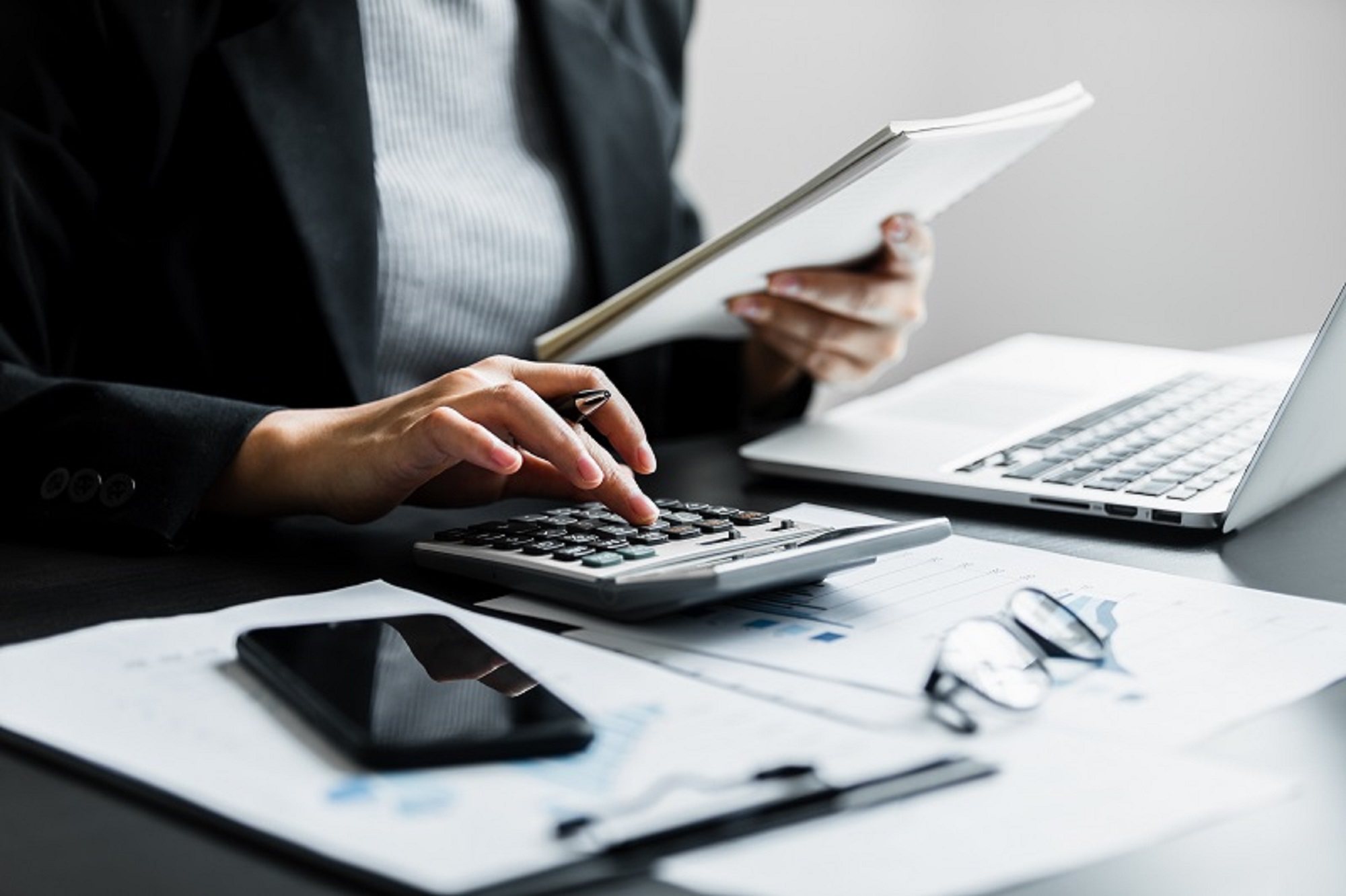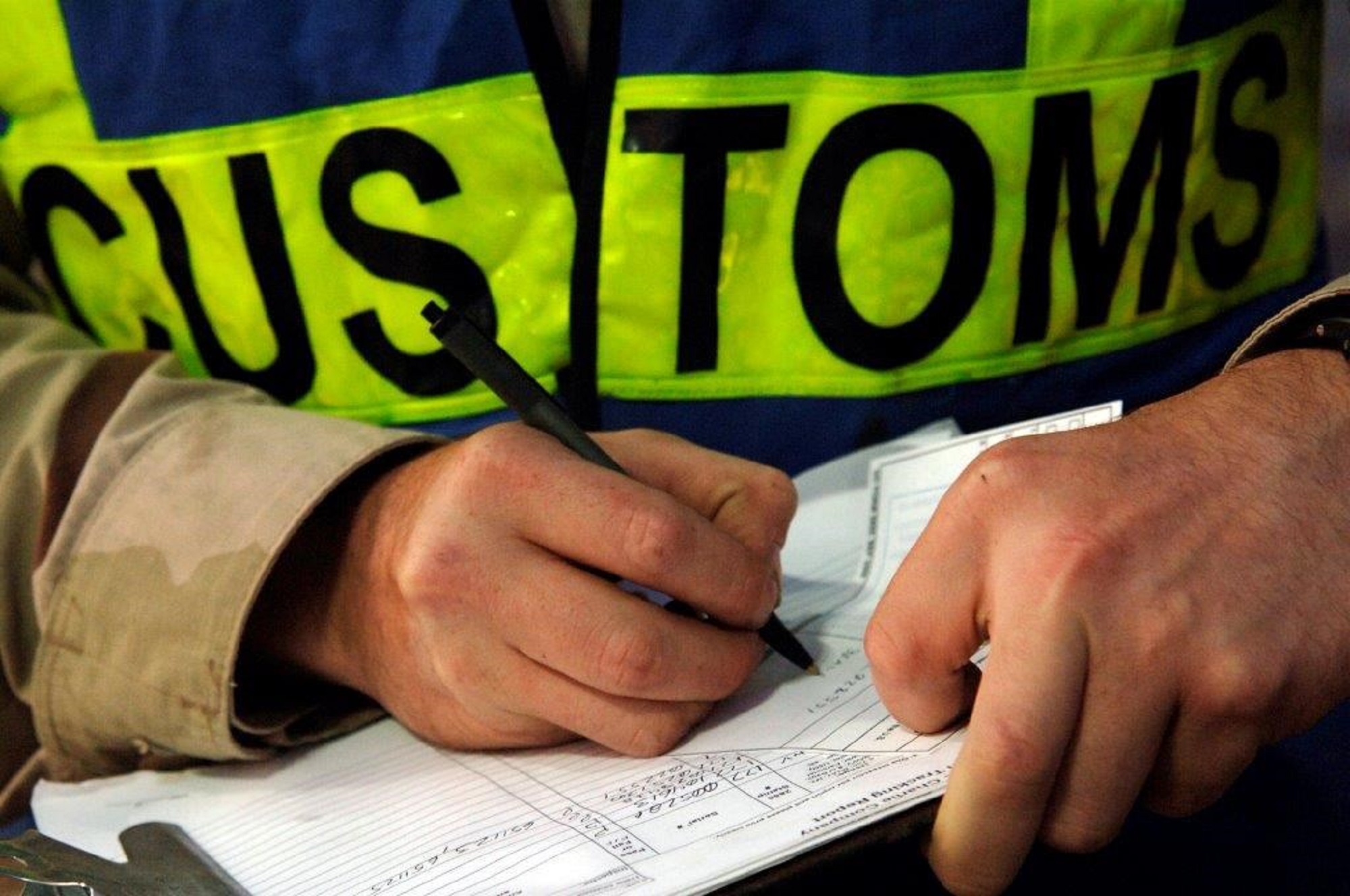Have you got the final VAT return of the (book) year covered? This VAT return often includes a number of corrections, and can therefore differ from the previous VAT returns of this year, as a number of additional matters need to be processed. Would you like to know the details? We have listed the most important corrections and points of attention for you.
Correction for private use (of company car)
In the final VAT return of the book year, a correction must be processed with regard to the private use of items for which the VAT was deducted. This includes company cars. If cars are made available to employees, the VAT on e.g. the purchase/lease costs, maintenance, fuel and use of the car may be deducted if that particular car is used for business purposes. If an employee may also use the car for private purposes (including commuting which is regarded as private use), a correction must be applied in the final VAT return of the book year. The first step for this correction is based on the actual use: a precise correction is made based on the detailed mileage records. However, this is a lot of work and the relevant information is not always available. It is therefore also permitted to apply a correction at a flat-rate percentage of 2.7% of the list price (including VAT and motor vehicle registration tax (‘BPM’)). A correction based on a flat-rate percentage of 1.5% applies to cars for which purchase VAT was not deducted and cars that have been in use within the business for five or more years.
Please note: processing the correction for the private use of a car in the VAT return has several peculiarities. Consult your VAT advisor for details on what needs to be reported in which columns in the VAT return.
Provisions to employees
VAT on the costs of employee benefits and gifts for employees and business relations is in first instance deductible as per the regular rules for input VAT recovery. Examples include Christmas hampers, presents, company events and coffee or lunches at the workplace. The deduction of VAT on such provisions is subject to limitations. An annual threshold of € 227 (excluding VAT) applies per employee or business relation. This is based on a Decree referred to as the ‘BUA’. If the total sum of the provisions to an individual employee or relation exceeds this amount, you are no longer entitled to a full deduction of the VAT on the full costs for that employee or relation! Be sure to check whether your business has exceeded this threshold.
Please note: a possible restriction on the deductibility of VAT should be determined annually, based on a special calculation. If the so-called ‘BUA threshold’ has been exceeded, you are obligated to process a correction in the final VAT return of the book year. We would be happy to help you perform this calculation and have developed a ‘BUA Tool’ to make this process easier.
Please note: working-from-home facilities that have been provided to employees require a detailed assessment. Examples include the provision of desk chairs, computer screens, and desks. It must be determined whether the purchase VAT of these facilities is deductible at the level of the employer. Additionally, it must be analysed whether such provisions lead to a BUA correction.
VAT-taxed rental
Renting out real estate is in principle considered a VAT-exempt supply. However, the parties involved may opt for VAT-taxed rental. This is often agreed upon so that the landlord can deduct the VAT on costs related to the real estate. In order to apply VAT-taxed rental, the landlord must meet a number of conditions. One of these conditions is that the tenant uses the real estate for activities which lead to a right to deduction of VAT of 90% (or more). As a landlord, you must check with your tenant whether this has indeed been the case. If necessary, corrections must be processed.
Changed activities
If costs are incurred with the expectation that they are related to VAT-taxed supplies, the VAT may be deducted immediately. You must check whether these costs were in fact incurred in connection with VAT-taxed supplies. If this check hasn’t been performed in previous VAT returns, you should in any case do so for the final VAT return of the book year. If these costs were in fact incurred in connection with VAT-exempt supplies or activities that are not within the scope of VAT, you must process a correction.
Additionally, in the case of (tangible) assets, an additional revision period applies after the end of the book year of commissioning. The revision period is four years for movable assets, and nine years for immovable assets. With regard to these assets, you must therefore monitor the use in the years following the purchase and commissioning. In the final VAT return of the book year, you must determine whether the use of the (tangible) assets has changed in that book year. If this is the case, you should determine whether (and to what amount) a correction is needed.
Use the correct pro rata
If your business performs both VAT-taxed and VAT-exempt supplies, the VAT on the general costs is deductible in accordance with the ratio between both types of activities. This ratio is referred to as the ‘pro rata’. Upon the purchase of goods or services, an estimation is made of the extent to which the purchase is to be used for VAT-taxed or VAT-exempt supplies. In the final VAT return of the book year, it should be determined whether the correct pro rata was applied. If any deviations are identified, corrections must be processed in the final VAT return of the book year.
Confluence with annual accounts and tax returns
Make sure your VAT returns are in line with the annual accounts. If, for example, the 2022 balance sheet includes an item for ‘VAT payable’, make sure that this amount is in fact reported. If the correction is less than € 1,000, it can be processed in the (current) VAT return. If the VAT amount exceeds € 1,000, a supplementary return must be filed. This also applies if you discover any under- or overreporting of VAT in the five years preceding the current calendar year.
The balance sheet item for VAT must also be specified in your corporate or personal income tax return. The Dutch Tax Authorities can compare this information with the filed and paid VAT returns and supplementary returns. It is therefore important that possible corrections are processed correctly and on time.
If you have any questions about your VAT position or the corrections that may be applicable to your business, please don’t hesitate to contact us for more information.
The legislation and regulations in this area may be subject to change. We recommend that you discuss the potential impact of this with your Baker Tilly consultant.





